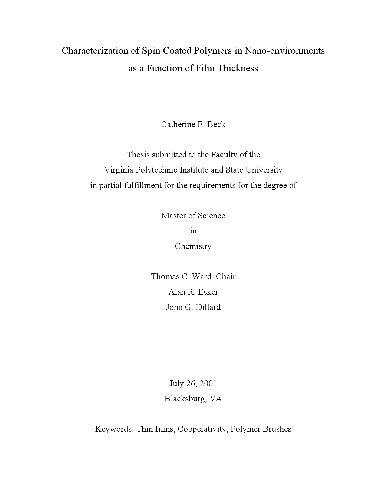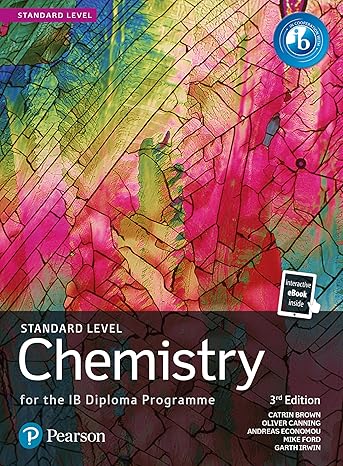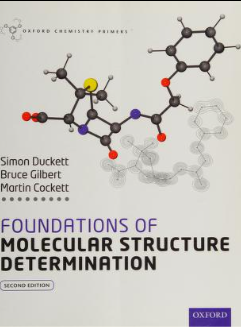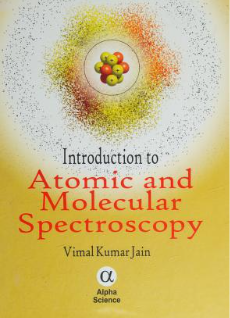دانلود کتاب Characterization of Spin Coated Polymers in Nano-environments as a Function of Film Thickness - Original PDF
Author:
Beck C.E.
0 (0)
توضیحات کتاب :
This thesis describes the behavior of ultrathin polymer films supported on a silicon wafer substrate. Two separate studies have been performed: the first focuses on the viscoelastic cooperativity of thin films, and the second concentrates on the morphological behavior of polymer brush films. Industrial use of thin films has increased for several reasons including the development of ever-smaller electronic devices. As applications of polymers become smaller and thinner, the behavior of polymer chains in these confined geometries needs to be understood. Many aspects need to be probed such as the effect of molecular weight, thermal degradation, and the adhesion properties. In the first study, one characterization scheme, cooperativity, was chosen to summarize the influence of the small scale on polymer behavior. The theory of cooperativity focuses on polymer chain interactions and relates those interactions to macroscopic behavior. This research looks specifically at the well-defined system of polymethyl methacrylate and silicon to understand better how cooperativity reveals polymeric behavior in thin films
سرچ در وردکت | سرچ در گودریدز | سرچ در اب بوکز | سرچ در آمازون | سرچ در گوگل بوک
1,104 بازدید 0 خرید










